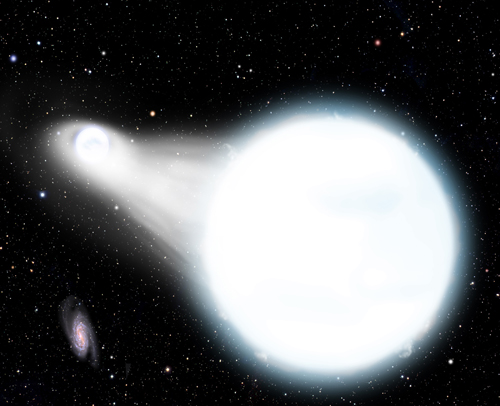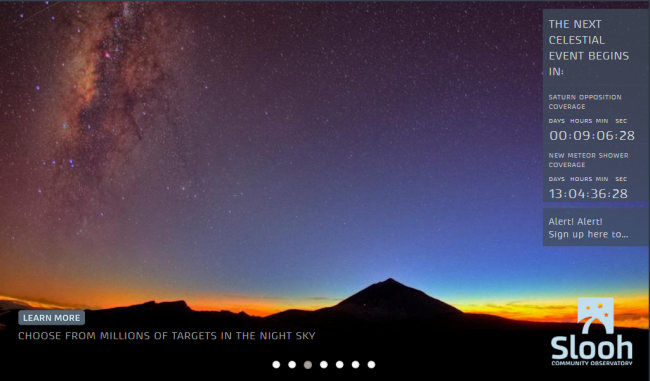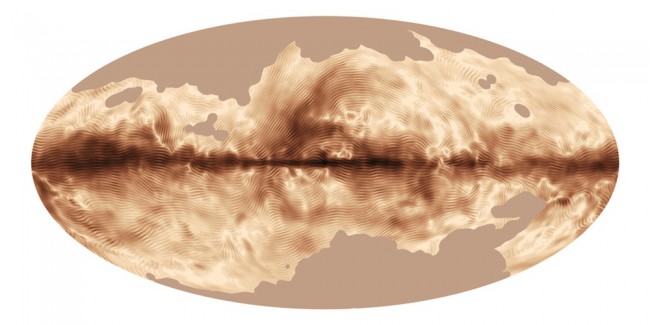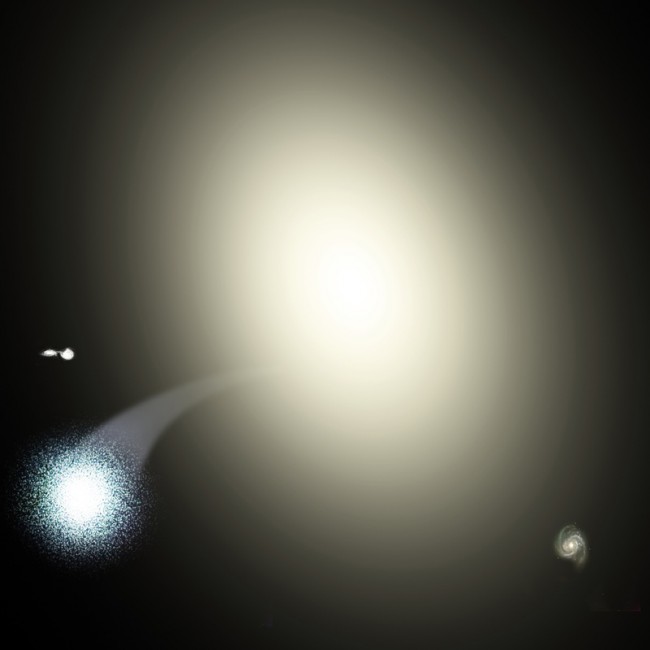Gemini Reveals a Gravitational Wave Source in Hiding
Einstein’s Theory of General Relativity predicts that accelerated masses emit gravitational waves, or ripples in space-time. Even though gravitational waves have yet to be detected directly, we expect that there are more than hundred million gravitational wave sources in our own galaxy. However, as of today, we know of only a few such sources. A …
Gemini Reveals a Gravitational Wave Source in Hiding Read More »





